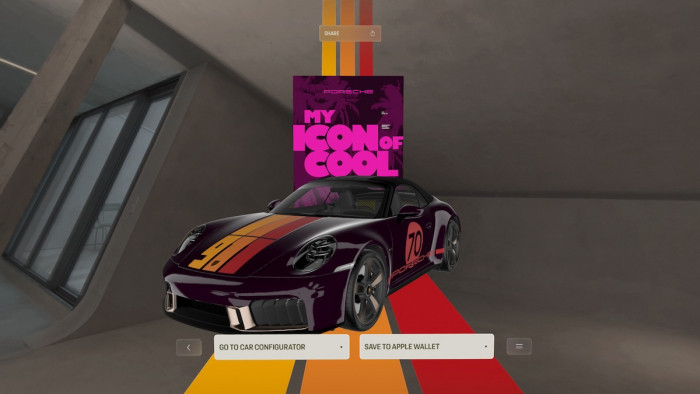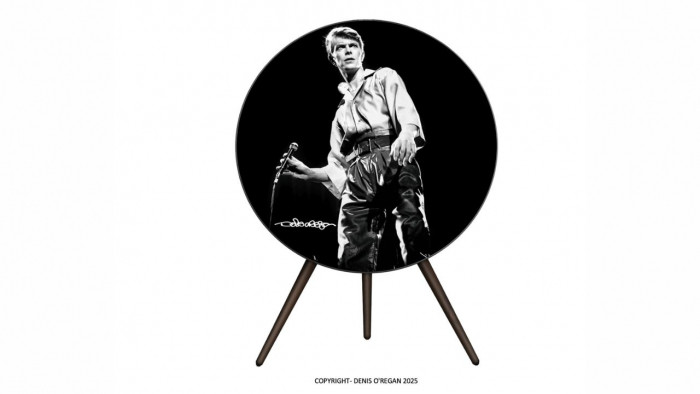Wi-Fi's days are numbered.
Li-Fi, a technology that uses light to transmit data rather than wireless signals, has been tested outside of a lab for the first time - successfully transmitting data at speeds of 1GB per second. Which is seriously quick. Like, 100 times faster than Wi-Fi, and capable of downloading an entire HD film in seconds.
The light-based data system was created by Professor Harald Haas from the University of Edinburgh in 2011, who proved that rapidly blinking LEDs could transmit information in binary code at speeds far faster than conventional wireless connections. Imagine an office where LED lights both illuminated a room, and transferred data to an optical receiver on a computer, allowing it to transfer information and downloads with the internet.

Velmenni, a startup based in Tallinn, Estonia, revealed that it has begun trialling the technology within offices and industrial environments.
"We are doing a few pilot projects within different industries where we can utilise the VLC (visible light communication) technology," Deepak Solanki, CEO of Velmenni, told IBTimes UK. "Currently we have designed a smart lighting solution for an industrial environment where the data communication is done through light. We are also doing a pilot project with a private client where we are setting up a Li-Fi network to access the internet in their office space."
In addition to being faster, Li-Fi is arguably more secure than Wi-Fi, in that networks can only exist within a space that has access to the data-transmitting lights. You can't piggyback on to a Li-Fi connection through a wall, for instance.
However, a major obstacle for Li-Fi technology is retrofitting existing computers and smart devices with receivers that can detect the 'light' connection. For more information on how Li-Fi works, here's Harald Hass explaining all in a TED talk from 2011.










